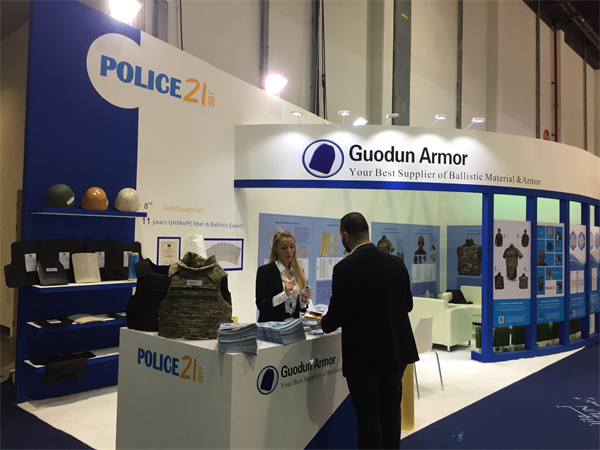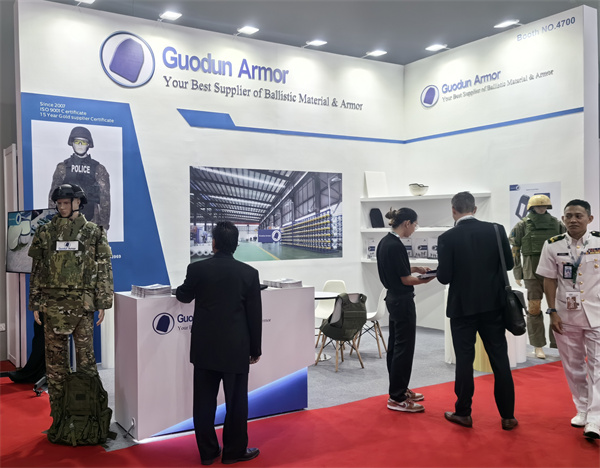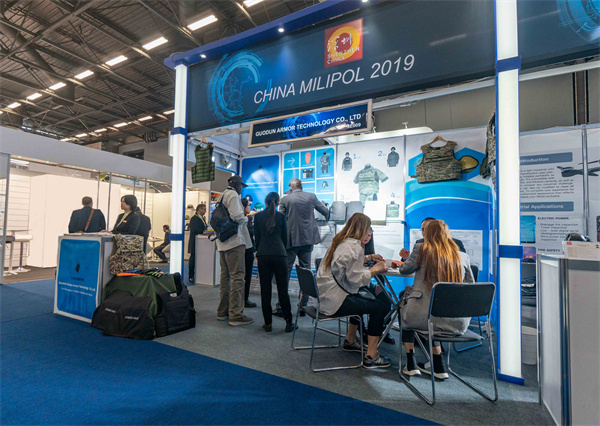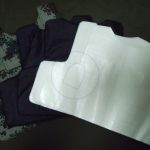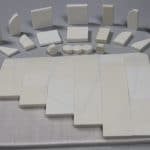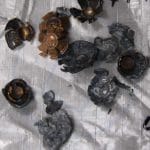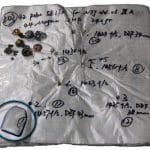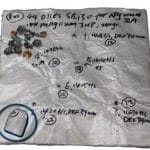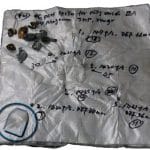A bulletproof vest, also known as a ballistic vest or body armor, is a type of protective clothing designed to absorb and reduce the impact of bullets and other projectiles to minimize injury to the wearer. These vests are commonly worn by military personnel, law enforcement officers, security guards, and individuals in high-risk professions where firearms may be encountered. Bulletproof vests are typically made of multiple layers of specialized materials, such as Kevlar®, Dyneema®, or other high-strength synthetic fibers. These materials are woven or layered together to create a strong and flexible barrier that can withstand the force of bullets. The effectiveness of a bulletproof vest depends on its design, the quality of materials used, and the specific threat level it is designed to protect against. Bulletproof vests are available in various levels of protection, which are typically categorized by the type of ammunition they can withstand. These levels are established by organizations like the National Institute of Justice (NIJ) in the United States and range from Level IIA (designed to stop lower-velocity handgun rounds) to Level IV (designed to stop high-velocity rifle rounds). Higher-level vests offer greater protection but may also be heavier and less flexible. It’s important to note that while bulletproof vests can provide substantial protection against firearms, they are not entirely “bulletproof.” There are limitations to their effectiveness, and they may not protect against certain types of ammunition, close-range shots, or shots to unprotected areas of the body. Moreover, no protective gear can guarantee complete safety, and the effectiveness of a vest may degrade over time or with wear and tear. The use of bulletproof vests is an important safety measure for individuals facing potential firearm threats, and their design and technology continue to evolve to enhance protection while maintaining comfort and flexibility for the wearer.


